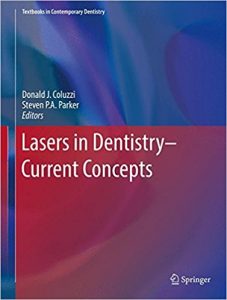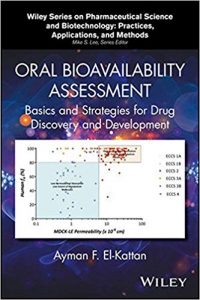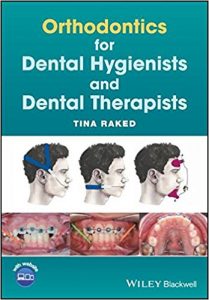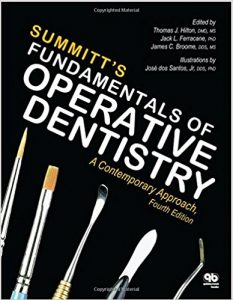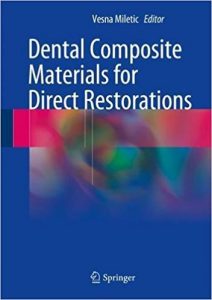e-Health Care in Dentistry and Oral Medicine: A Clinician’s Guide 1st ed. 2018 Edition
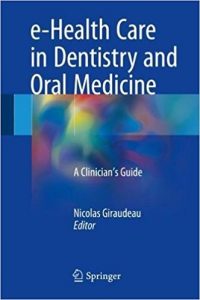
This clinically oriented book presents the state of the art in e-health care within dentistry and oral medicine (“e-oral health”) with the aim of acquainting dentists and other oral health care professionals with its uses and advantages, especially with regard to diagnosis. It will assist all who wish to learn about teledentistry protocols and the e-oral health branch or to implement e-oral health solutions and procedures in clinical practice. The book opens by discussing general aspects of e-oral health, including tools, networks, and the very important ethical considerations. The use and specific benefits of e-oral health technologies in the diagnosis of different conditions, orthodontic assessment, implantology evaluation, and caries prevention are then fully explained. Finally, examples are provided of the ways in which teledentistry functions in different countries on different continents. e-Oral health is a burgeoning field that encompasses teledentistry as well as other uses of information and communication technologies for oral health care purposes. This book will be an ideal guide for not only dentists but also dental hygienists, dental nurses, and other professionals.
DOWNLOAD THIS BOOK FREE HERE

